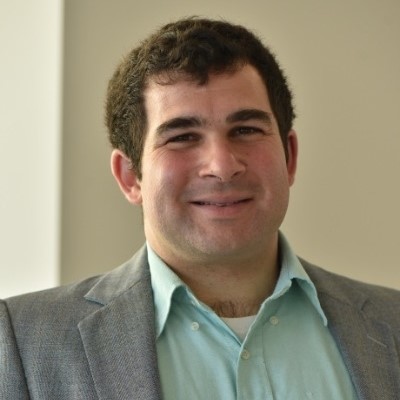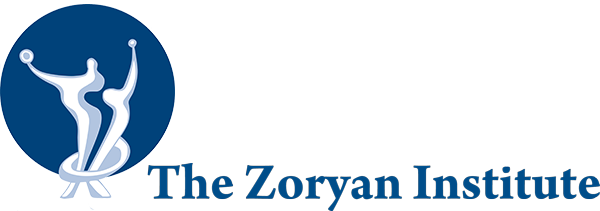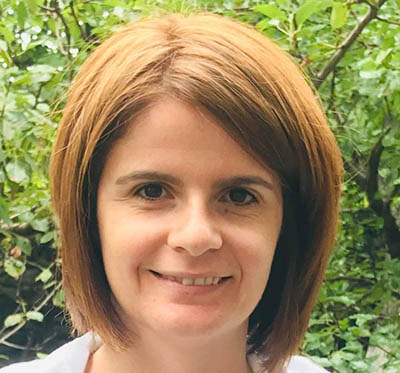BELMONT, Mass. — The Society for Armenian Studies (SAS) and the National Association for Armenian Studies and Research (NAASR) will hold a major international in-person conference on September 17-18, at NAASR’s headquarters. Titled “Technologies of Communication and Armenian Narrative Practices Through the Centuries,” the conference aims to foster an interdisciplinary conversation with researchers working across historical periods and different themes pertaining to communication and narratives.
From Cilician-era Armenian manuscripts to 19-century newspapers, to exciting new forms of digital storytelling today, Armenians have always taken advantage of the most contemporary technologies for conveying information and producing knowledge. In adopting these information technologies, Armenians have made them their own: Armenian iconographic and book arts are in conversation with imperial neighbors but develop their own styles; Armenian newspapers became a vehicle for the development of the modern Armenian vernacular and an opportunity to plumb the depths of Armenian history; and TUMO, the Center for Creative Technologies in the Republic of Armenia pushes boundaries of digital storytelling. Focusing on technologies of communication (i.e., manuscripts, print, visual, and digital media) this conference aims to foster an interdisciplinary conversation with researchers working across historical periods around the question of how technologies of communication have impacted Armenian narrative style and practices (such as modes of storytelling, narrative structure, and exegetical principles), and reversely how Armenian narrative practices have shaped each new technology.

Scholars from Armenia, the U.S., Hungary, and Australia, will deliver exciting papers on the topic. The conference will feature four panels: Narrative Practices and Power; Adapting to change: Mobility, Changing Socio-Economic Patterns, and Technologies of Communication; Technologies of Communication and Identity Making; Can the Provinces Speak? Mainstreaming Peripheral Narratives and Perspectives on Ottoman-Armenians. “Most of the papers delivered at this conference are by young and uprising scholars. The interdisciplinary and cross-cultural perspectives and the depth of the topics of the papers are just breathtaking,” noted Prof. Bedross Der Matossian, President of the Society for Armenian Studies (SAS). He continued, “It is indeed an honor to cooperate with NAASR on hosting its first in-person conference in the newly renovated Vartan Gregorian Building. I would like to thank Drs. Dzovinar Derderian and Christopher Sheklian for spearheading this project and extend my gratitude to the different Armenians Studies Programs and Chairs for co-sponsoring the conference.”
Marc Mamigonian, director of the Academic Affairs at NAASR, commented, “NAASR is excited to cosponsor and host this important conference. It is the first chance to have a major academic event at our new building and a welcome opportunity to continue our collaboration with SAS and the other co-sponsors.”
Organizers Derderian and Sheklian, are thrilled by the depth of the papers that will be offered at the conference. “We believe that the variety of the papers, spanning disciplines and historical eras, will foster a unique and productive conversation. Our hope is that the arrangement of panels will create intellectual connections that will push Armenian Studies in new and exciting directions,” they added.
The conference was made possible with the support of University of Southern California, Institute for Armenian Studies; Mashtots Chair in Armenian studies, Harvard University; Armenian Studies Program, California State University, Fresno; Armenian Studies Program; University of California, Irvine; and Krikor and Clara Zohrab Information Center, NYC; and the Center for Armenian Studies, University of Michigan, Ann Arbor.








